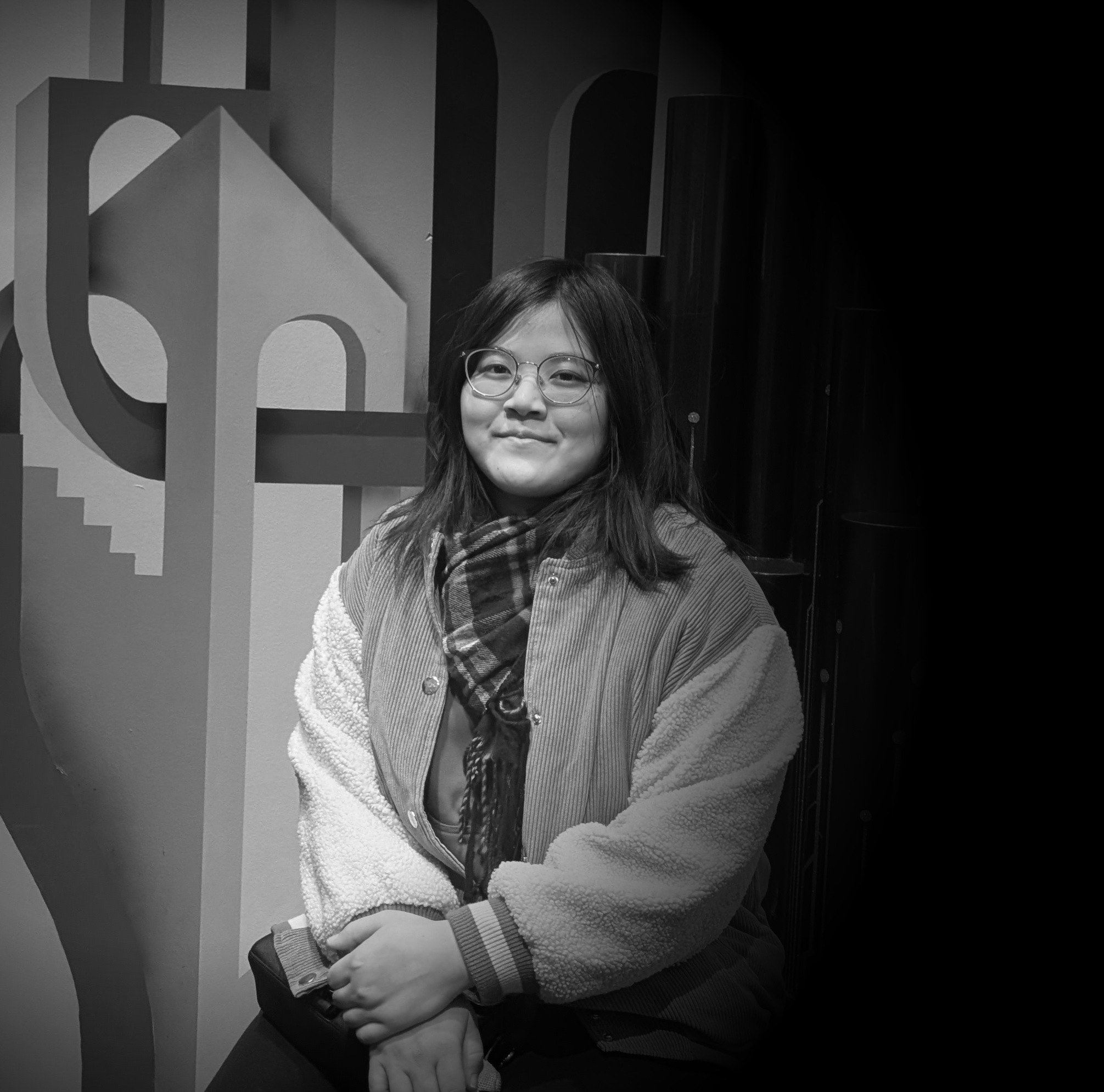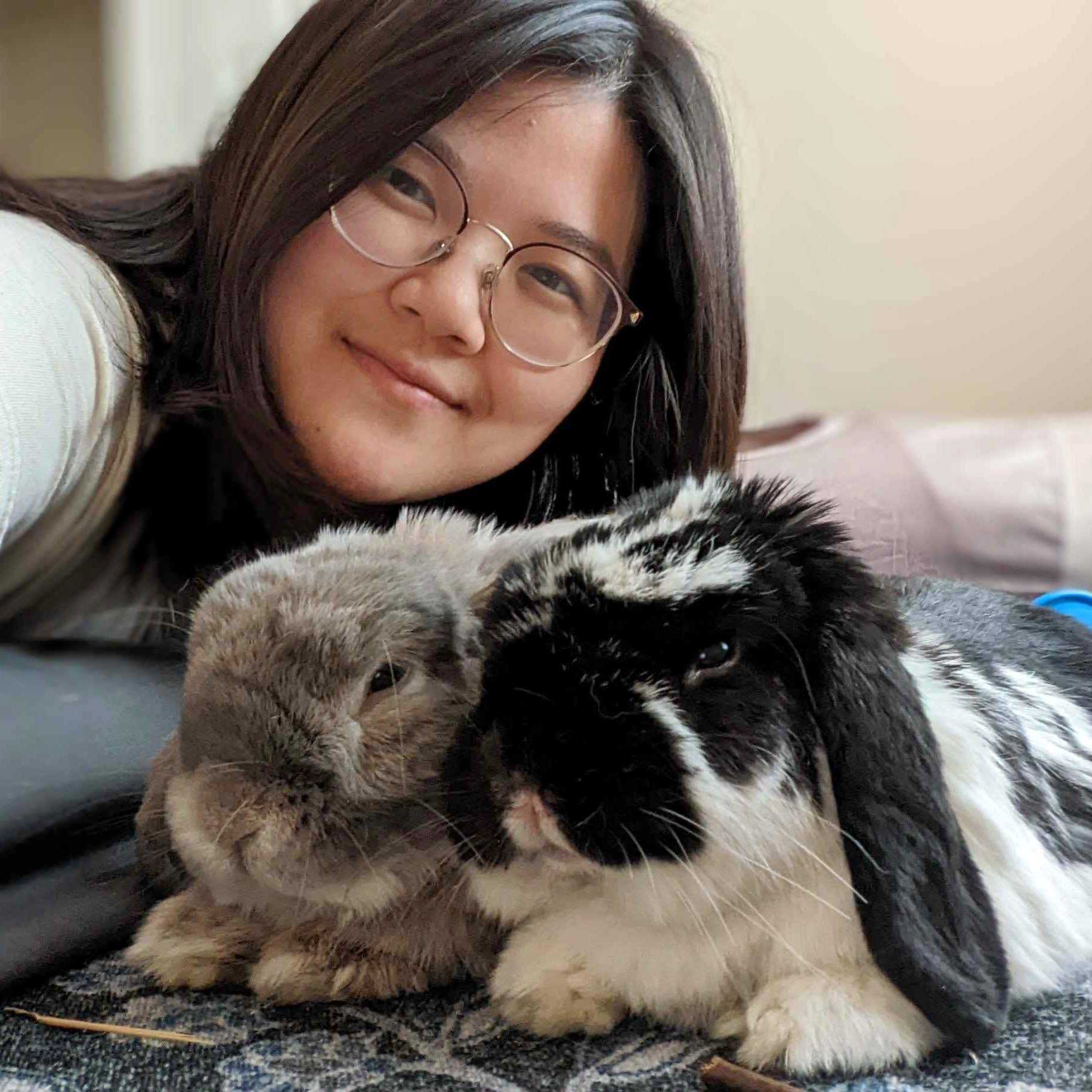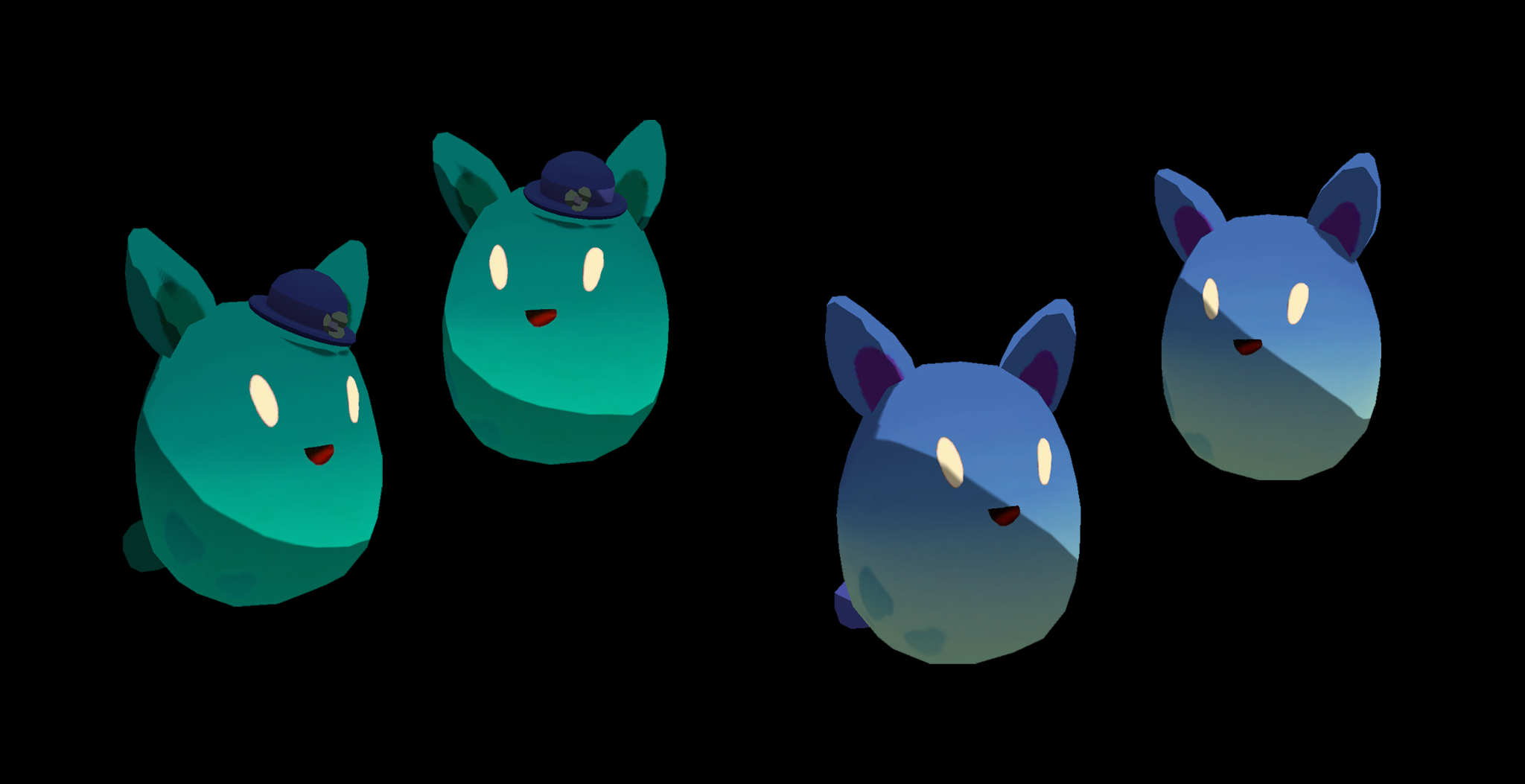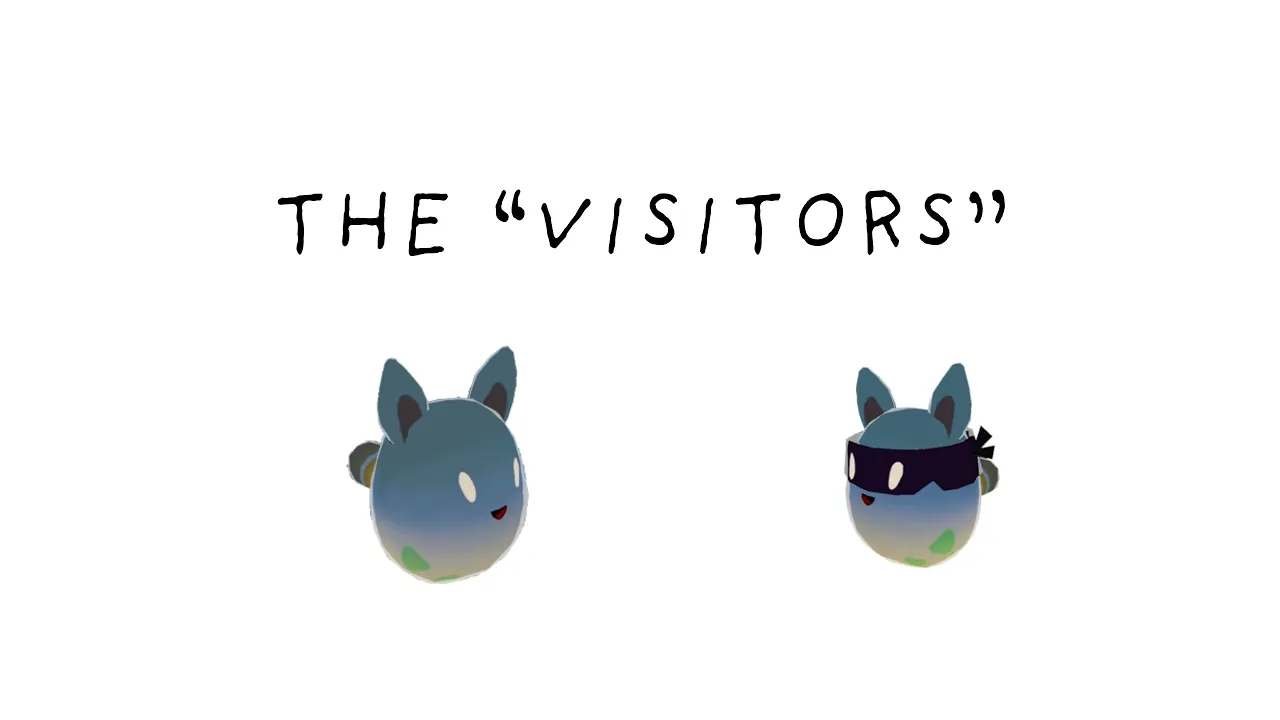Tiny Creatures, Big Feelings
Posted: May 14, 2025 |
Game Designer and Developer, Ah Young Joo, reflects on the creation of the Mosslings in Stay: Forever Home– and how these bouncy visitors evolved from playful pests into beloved companions.
Blog Series: Designer Diaries
| Hear from the designers of Stay: Forever Home, about all the thoughts, inspirations, and problem-solving that went into creating our game – and our ideas for the future.
From Mischief to Magic
The journey of the Mosslings began with a very different tone than the one players experience in the final game today. In early prototypes, they were imagined as little intruders– tiny, soot-sprite-like creatures who would dart through mysterious portals and steal whatever they could get their hands on. Players were tasked with protecting their space from these creatures, turning each encounter into a lighthearted skirmish. It was a fun concept– Bernie really enjoyed having Perry pounce on the prototyped creatures as they scattered– but it didn’t quite fit the emotional tone the team was cultivating for the world of Stay: Forever Home.
The original gameplay leaned a little too far into combat, and while the chaos was amusing, the team realized that it sent the wrong message– especially when designing for a cozy, emotionally resonant game. Ah Young pushed for a shift in tone, one that kept the sense of surprise and delight but dropped the aggression. The Mosslings didn’t need to be defeated. Instead, they could be curious visitors– sometimes helpful, sometimes mischievous, always up to something– but never villains. There is an enemy of the Otherlands out there, and it wasn’t the Mosslings.
A Familiar Gameplay Loop
This pivot in tone led to a subtle but important renaming. By calling them visitors instead of invaders, the entire framing changed. The Mosslings were no longer hostile– they were just a little unpredictable. And while the stealing behavior stuck around, it became a kind of shared joke between player and game rather than a threat to be eliminated.
What ultimately remained was something even more powerful than the early prototype’s mechanics: structure. The developers leaned into the emotional rhythm of a Mossling encounter– how it begins, builds, and resolves. There’s a quiet moment of suspicion, then the unmistakable musical cue that signals mischief is near, followed by the sudden appearance of Mosslings and the brief scramble to recover what was taken. This “micro arc” quickly became a foundational interaction style within the game.
Chaos to Cadence
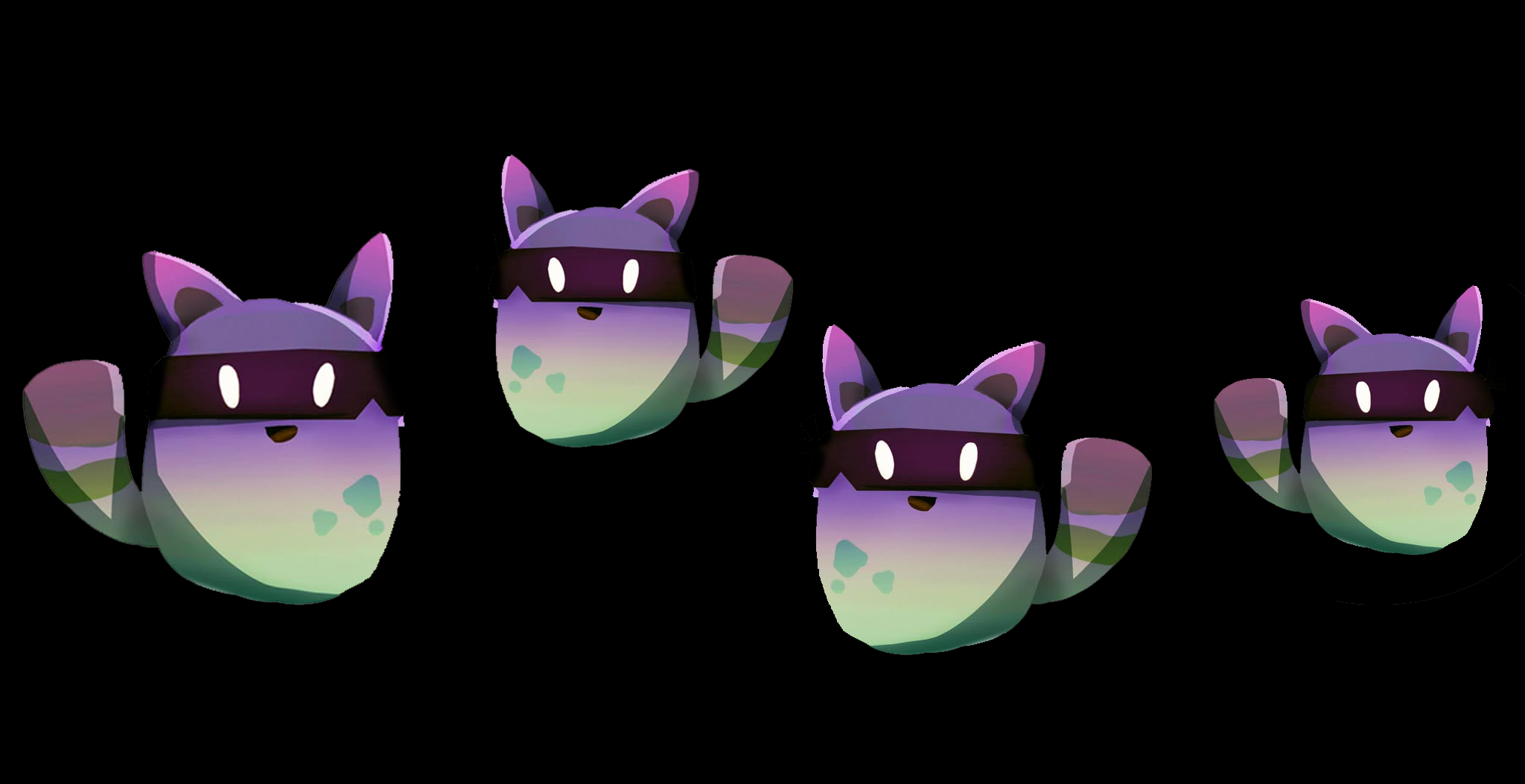
Spatial Interactions Lean on All Senses
By using audio cues and playful pacing, the Mossling moments became immersive without needing text prompts or tutorials. Players would learn simply by feeling it– looking around, recognizing the pattern, and responding in kind. The team even saw that players began associating the music with these events on a subconscious level, reacting instantly even before spotting the creatures.
Quisque aliquet velit sit amet
Ac feugiat ante. Donec ultricies lobortis eros, nec auctor nisl semper ultricies. Aliquam sodales nulla dolor.
Nonverbal Game Design Working at its Best
Without menus, HUD alerts, or text boxes, the player understands what’s going on simply by paying attention– and that intuitive interaction loop deepened the feeling of being present within Ember’s world.
What’s in a Name?
As the “visitors” took on a larger role in the game, the team found themselves stuck on a deceptively tricky problem: what should they be called? Dozens of ideas floated around internally, but none quite stuck. That’s when they made the decision to do something different– invite the community to help decide. It was more than a naming poll; it was an early opportunity for players to feel ownership over something in the world, before the game even released.
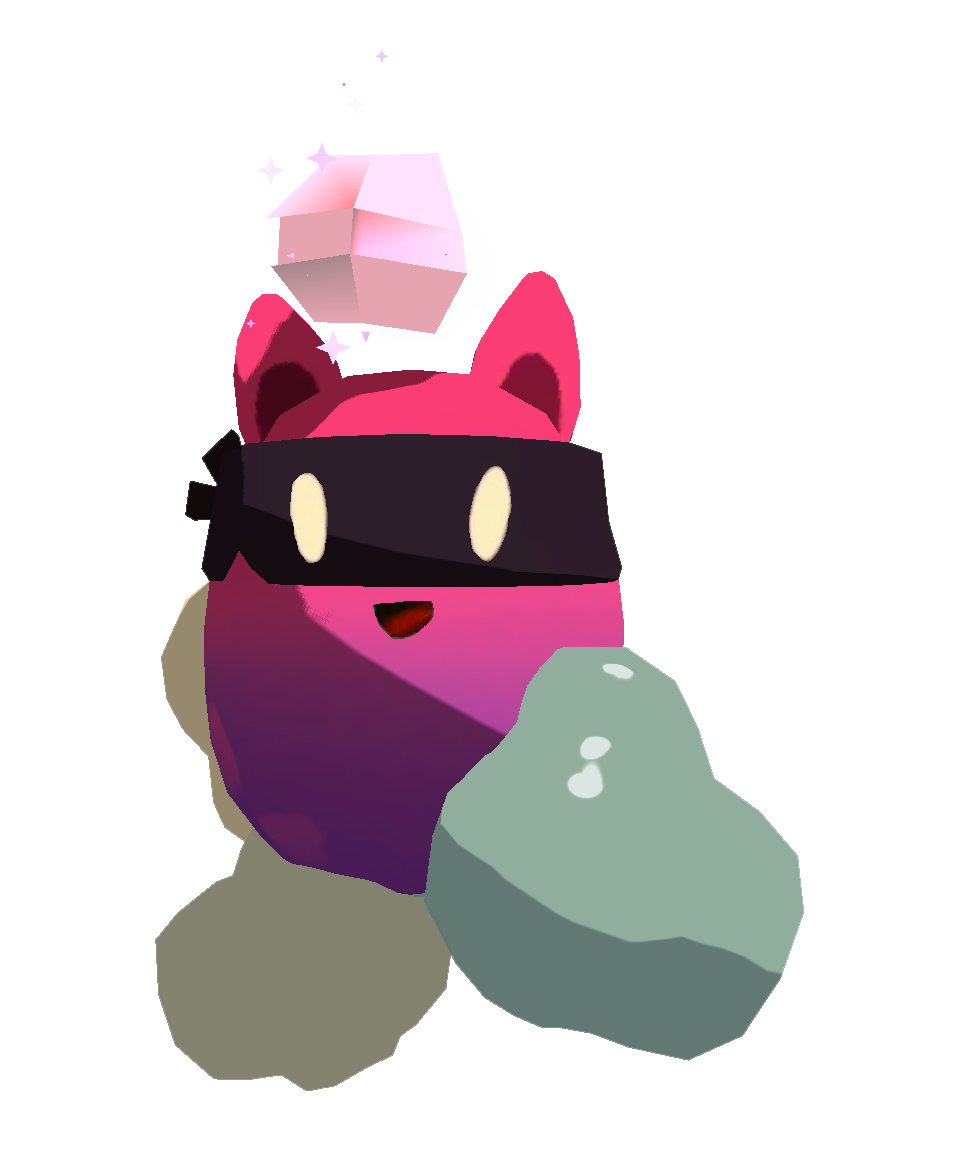
Quisque aliquet velit sit amet
Ac feugiat ante. Donec ultricies lobortis eros, nec auctor nisl semper ultricies. Aliquam sodales nulla dolor.
A Victor Emerges
The name Mosslings rose to the top, and it just… fit. It carried the softness and earthiness of the creatures’ design. It sounded like something you might find nestled in a tree or rustling beneath a bush. Most importantly, it was flexible enough to encompass whatever forms the team might dream up in the future. Because while today’s Mosslings are small, soft-bodied pranksters, who’s to say what else might exist out there?
Lore, Bugs, and Happy Accidents
Like many game features, not everything about the Mosslings was planned. Some of their most delightful qualities emerged from unexpected bugs and quirks during development. In one early build, the Mosslings hovered slightly above the ground, unintentionally giving them an almost divine presence. The team laughed at the absurdity– and decided to embrace it. With ancient stone carvings of Mossling-like figures already scattered throughout the world, it became easy to imagine them as folkloric beings with deep roots in the land’s history. Even as the floating bug was eventually fixed, it sparked ongoing conversations about how the Mosslings’ origins and mythology could continue to unfold through gameplay.
The creatures also presented a new design challenge. With no limbs or facial features, how expressive could they really be? As it turned out– very. Through bounces, wiggles, and carefully tuned animations, they communicate a wide range of emotions and intentions. Their rotund bodies and oversized ears offer a canvas for all kinds of storytelling.
Each encounter now adds a layer to the world’s mythology. As the game continues to evolve, players may find themselves uncovering more Mossling history– from ancient variations to seasonal behaviors and even regional types.


AI in Tiny Packages
What Lingers After
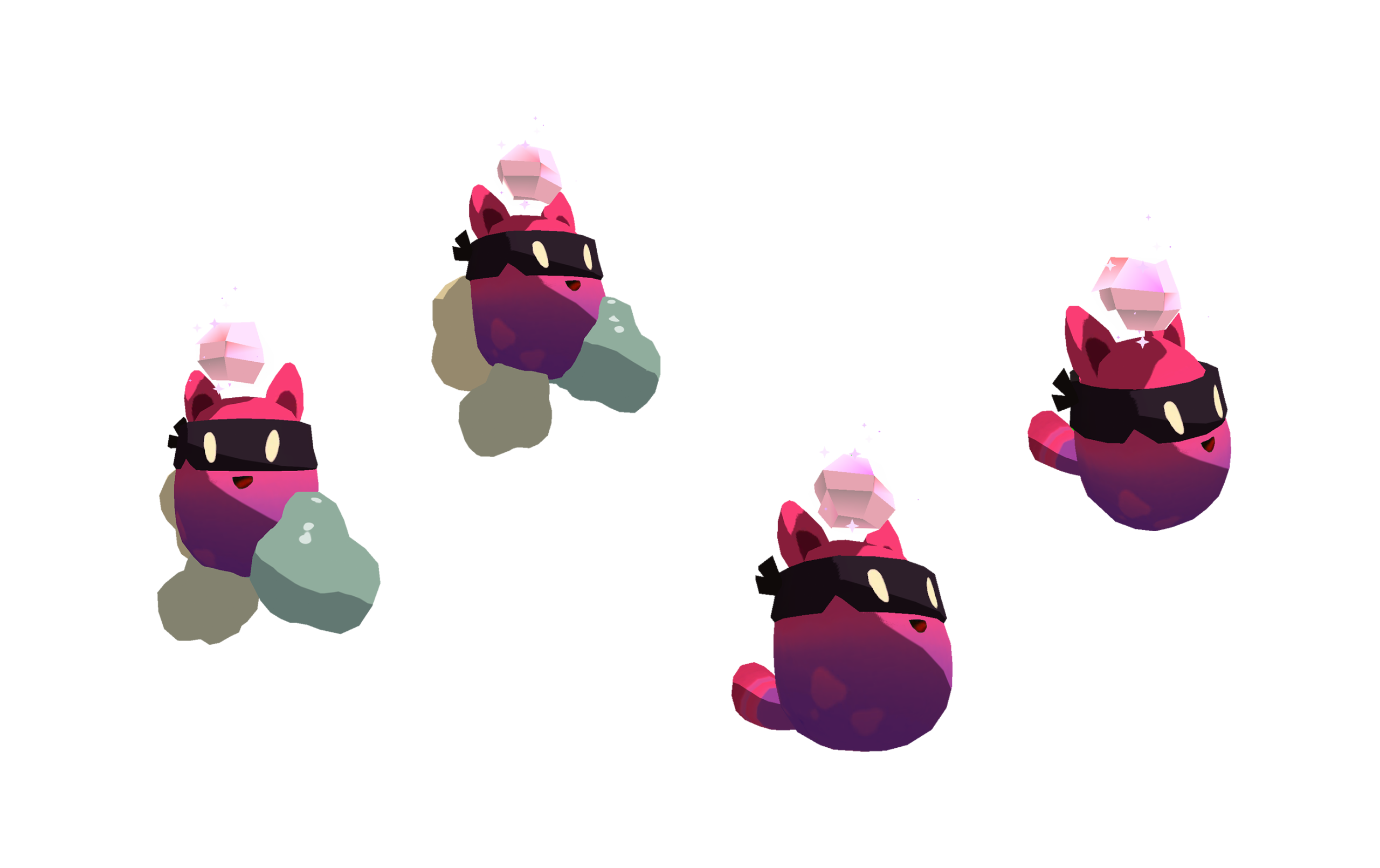

What Comes Next
Learn About Windup Minds

